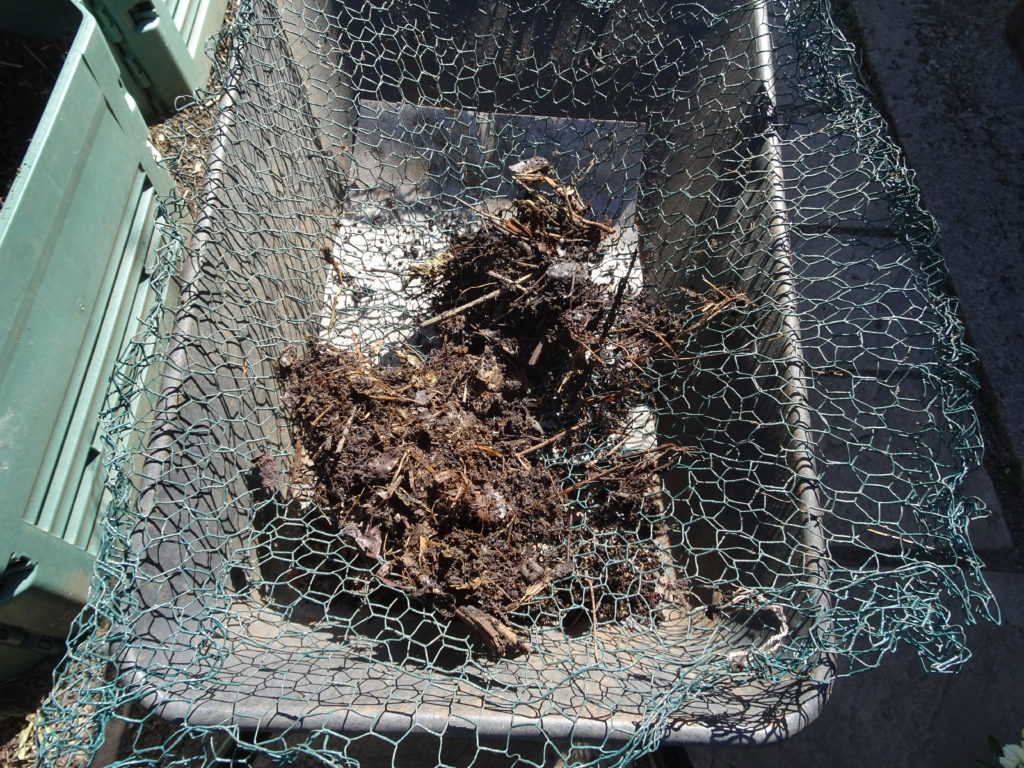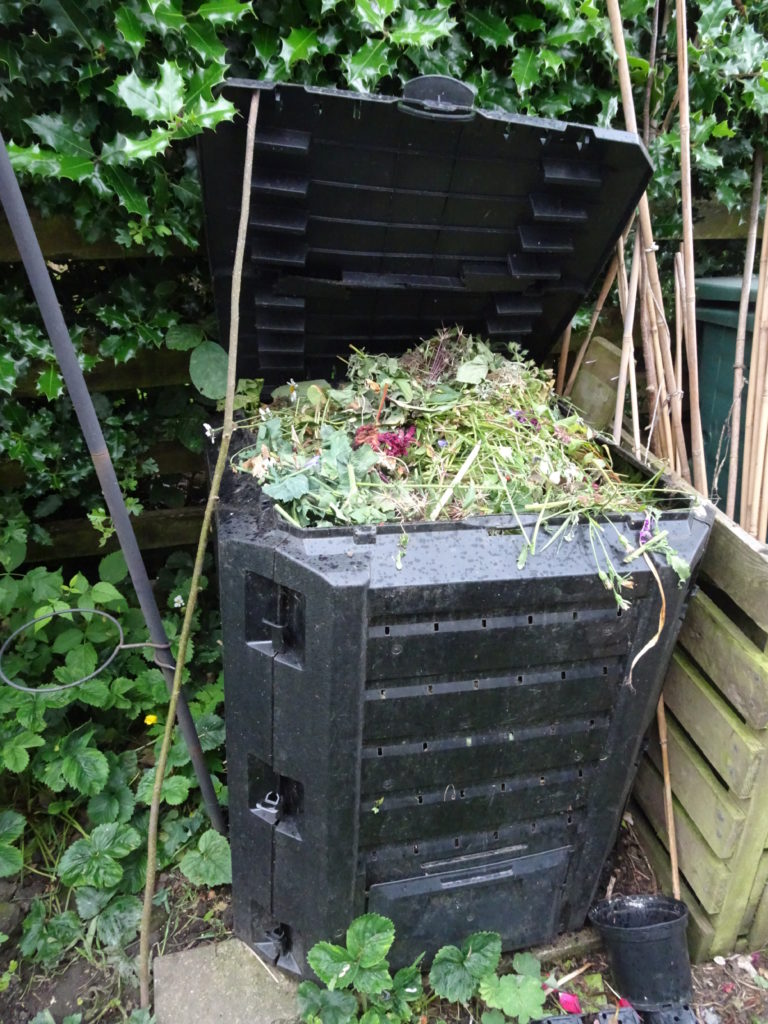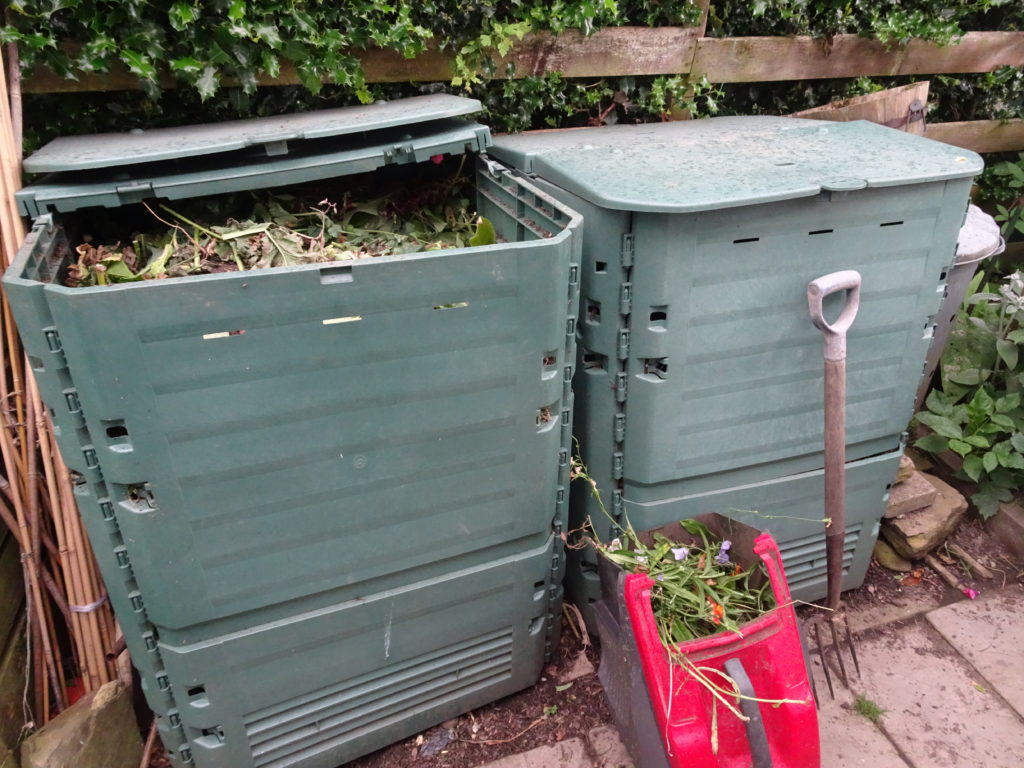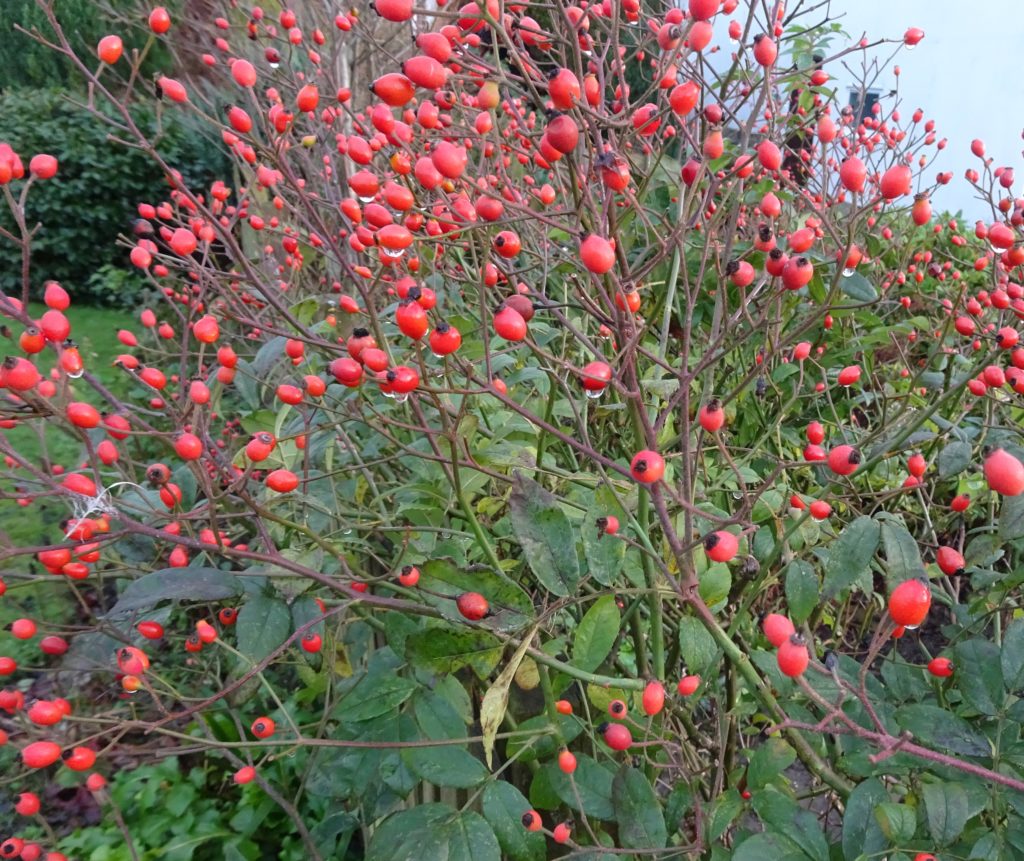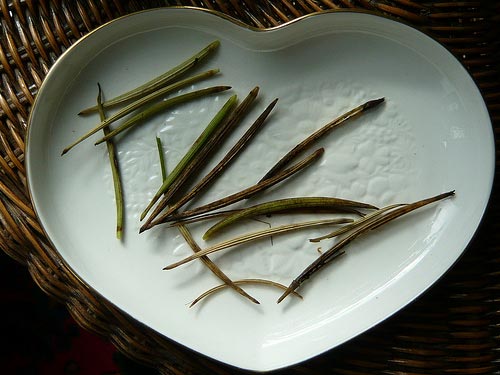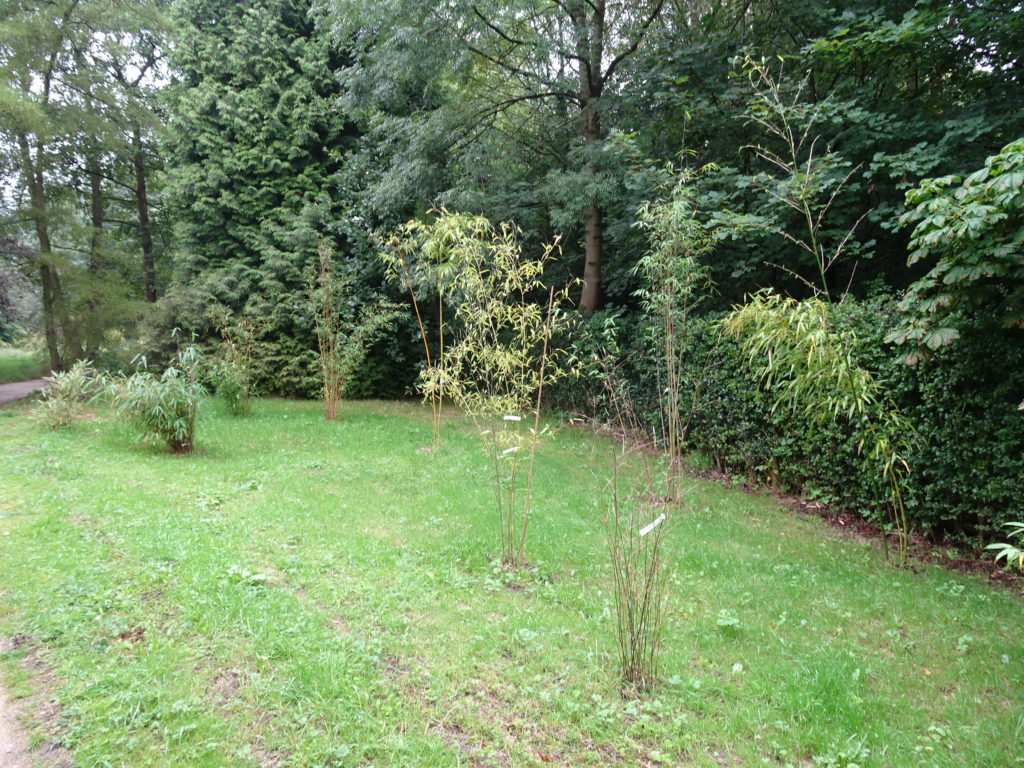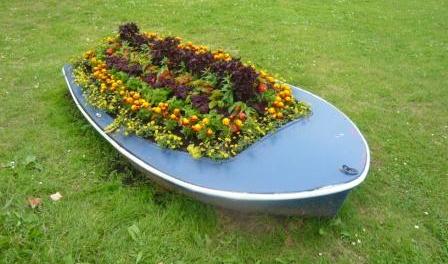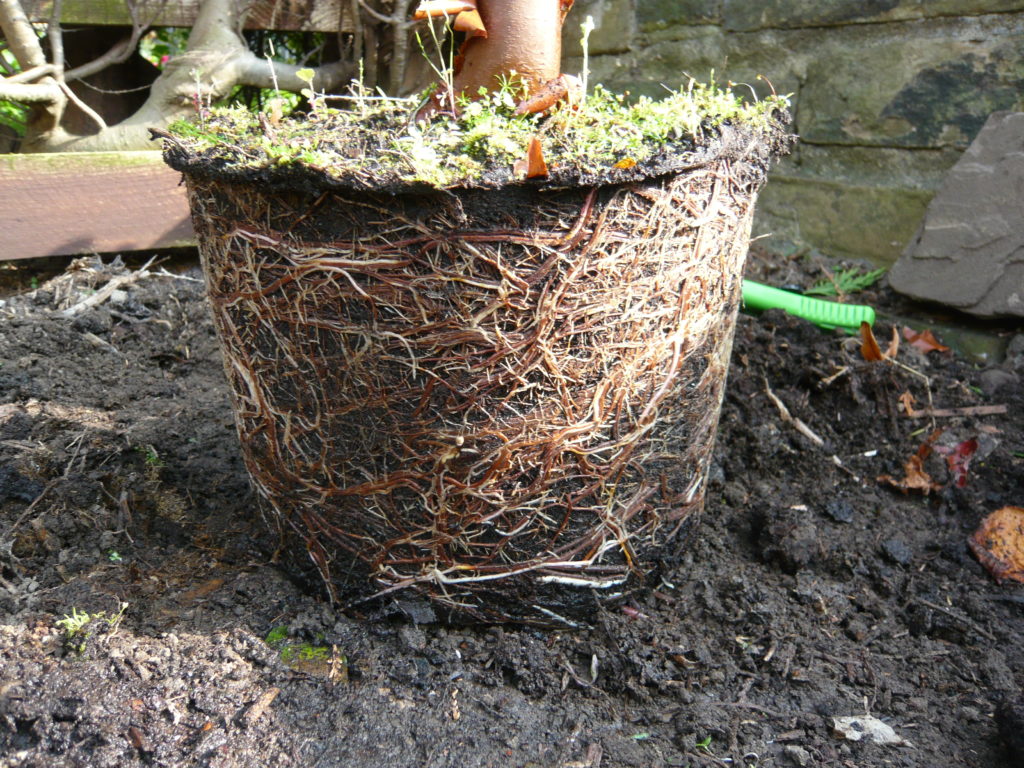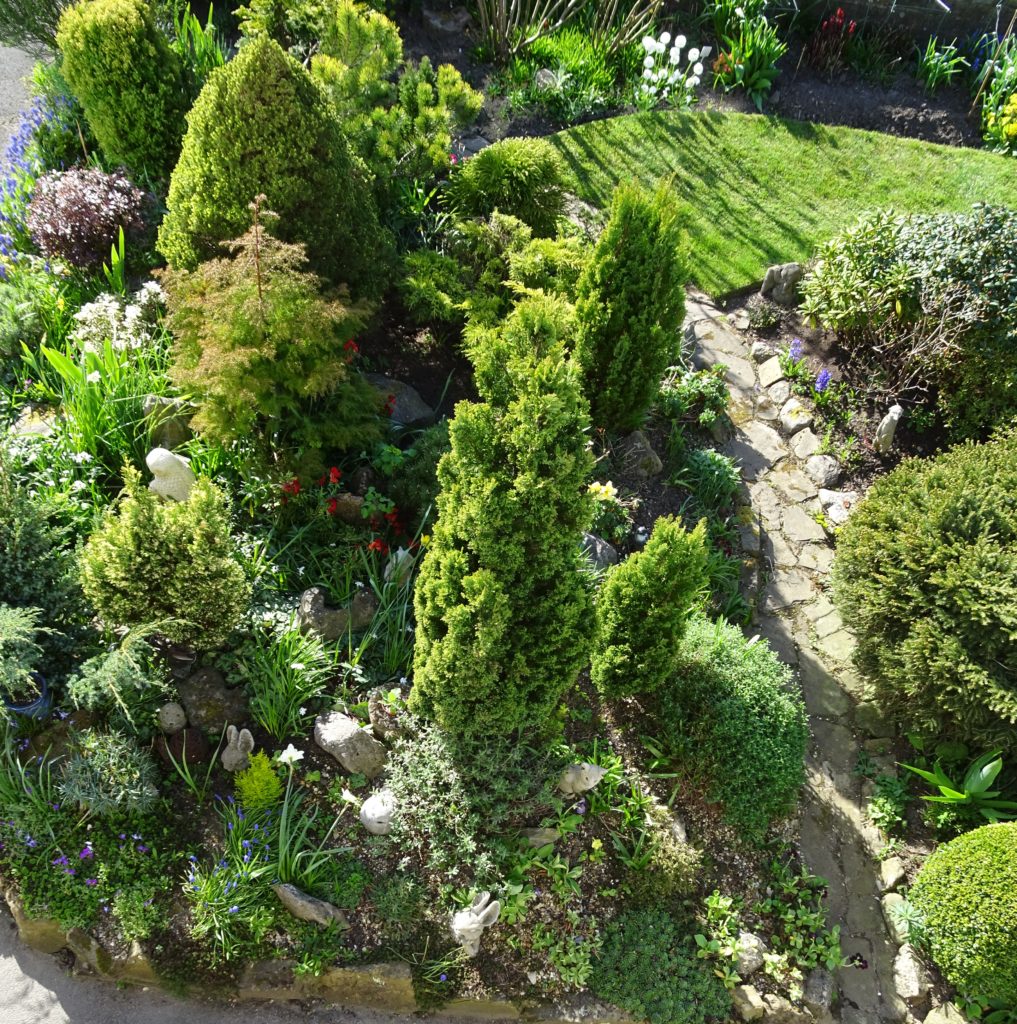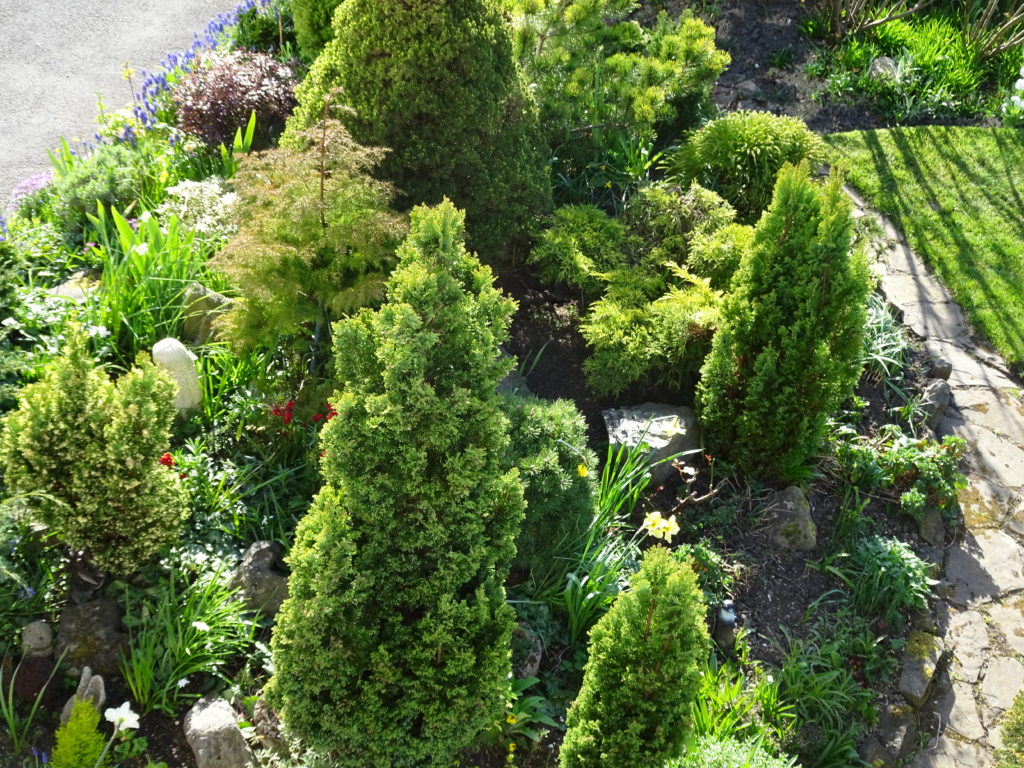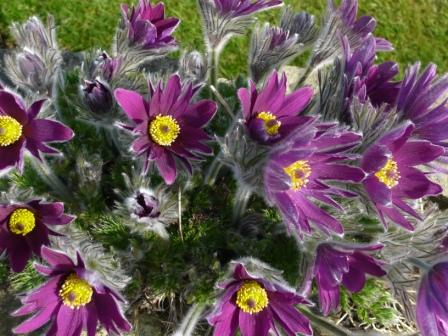Rhodo labels & Records
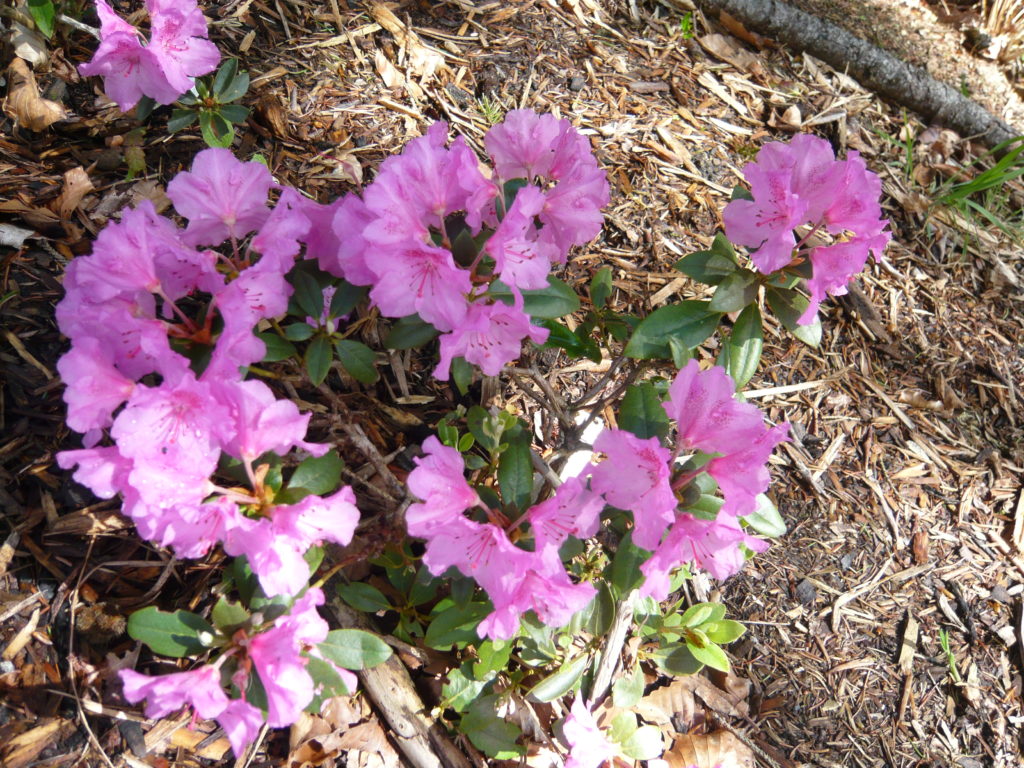
Kenneth Cox at Glendoick  Offers some of the best advice on rhododendron identification and recording. …..Using GPS handheld devices would allow reasonably accurate mapping to made by taking positional readings in each area of the garden and recording what is planted there. If you want you can then allow garden visitors to access these records on their own devices. There is no limit to the interactive potential if you are prepared to invest time and money…..
The three best examples of private (as opposed to botanic garden) record keeping I have seen outside the major botanic gardens are Philip de Spoelberch’s collections at Herkenrod in Belgium, Lord Howick’s collection in Northumberland and the late James Russell’s plantings at Ray Wood, Castle Howard, Yorkshire. All of these gardeners believe passionately in the value of accurate and detailed records……
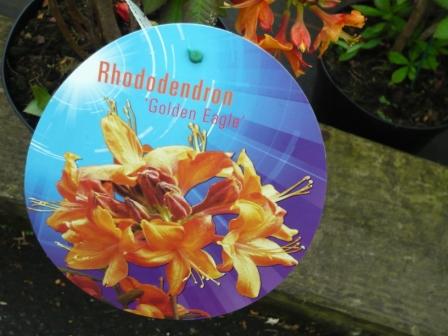 Rhododendron Golden Eagle Label at YSP
Rhododendron Golden Eagle Label at YSP
Labels
- To a gardener a label should be easily seen unobtrusive, legible, long lasting and easilt fixed so that it is not broken off by wind or clumsy gardener. To a plant seller the label is designed for one purpose, to relieve you of your cash.
- I am still seeking the ideal label and hate those little white plastic sticks that become too brittle.
- The longest lasting labels are embossed metal labels I have some thin copper labels to scratch the details into but they are hard to see. Glendoick recommend aluminium labels written on with a soft pencil tend to last well
- Beware of label death, where a branch or stem is girdled metal, by the failure to loosen a label as the plant grows.
- Dymo labels are surprisingly long lasting
- Most botanic gardens use expensive engraved labelled on UV stabilised plastic or modified acrylic laminate.
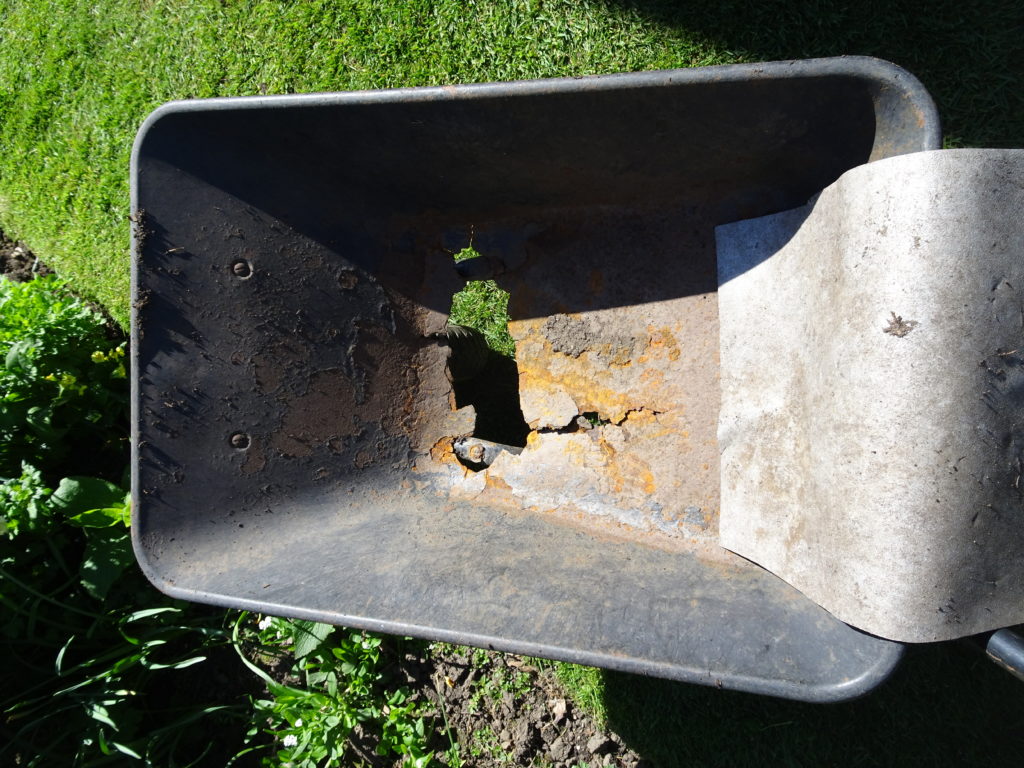 Rust Bucket Barrow
Rust Bucket Barrow
